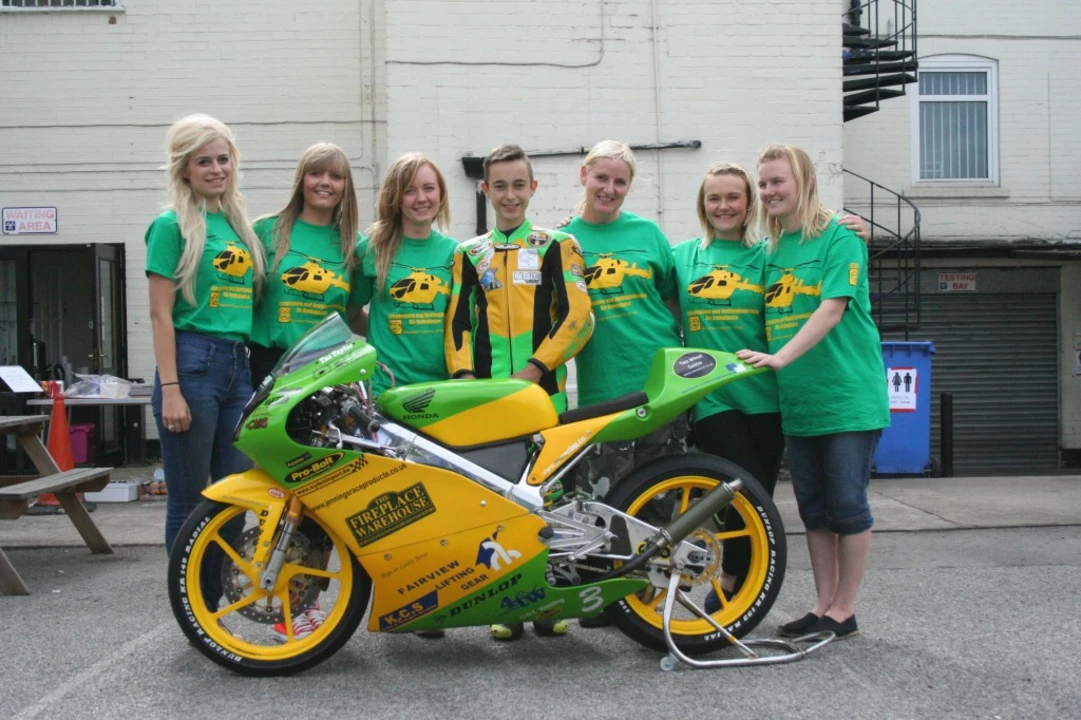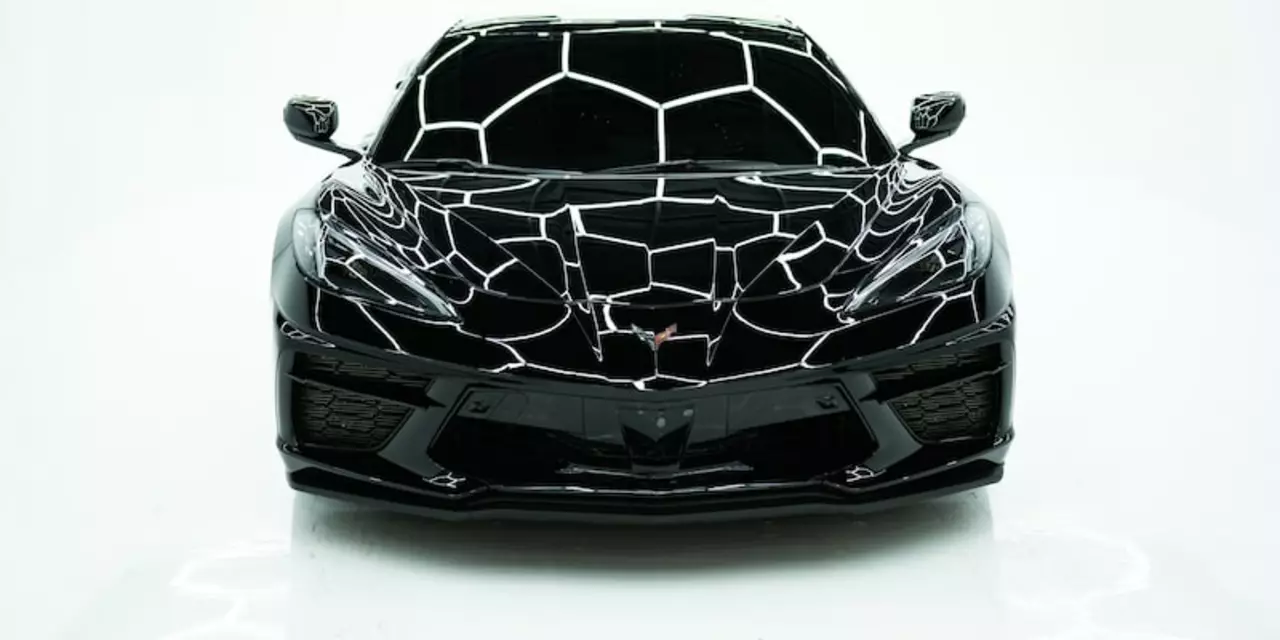Technique: How Motorsport Engineers Fine‑Tune Performance
When you hear “technique” in racing, most think of the driver’s line. But the engineers behind the scene have their own toolbox of techniques that turn a fast car into a race‑winner. Below we break down the everyday tricks that keep a car on the edge of speed.
Data‑driven setup tricks
First up, data. Engineers slap sensors on every wheel, in the suspension, even inside the engine. The raw numbers feed into software that shows where the car is losing grip. A simple technique is to compare lap‑by‑lap telemetry and spot the exact corner where lap time drops. Then they adjust camber or tyre pressure just enough to fix it. It’s a back‑and‑forth process that repeats all weekend.
Aero tweaks you can see
Aero is another big playground. Small changes to the front wing angle can shave tenths off a lap. The technique here is to use wind‑tunnel data and on‑track flow‑visualisation tools to find the sweet spot between downforce and drag. Teams often run two wing settings in a race, swapping them during a pit stop to suit changing track conditions.
Brake cooling is a hidden hero. Too hot brakes lose performance; too cool and they’re not at optimal grip. Engineers use a technique called “thermal mapping” – they place temperature stickers on the discs and watch how heat spreads. If a hotspot shows, they might reroute air ducts or add a small heat‑shield. It’s a cheap fix that can keep the car stable on the final laps.
Suspension geometry is where the rubber meets the road. A technique called “push‑rod length adjustment” lets the team tune how the car reacts to bumps. Shorter push‑rods stiffen the car for smooth tracks, while longer ones soften it for bumpy circuits. The change is measured in millimetres but can feel huge to the driver.
Tyre management may sound simple, but the technique of “temperature layering” is key. Engineers heat the tyre’s centre more than its edges to get a broader contact patch. They do this by tweaking camber and adjusting tyre pressure in the pit. The result is a tyre that stays in the optimal temperature window longer, meaning fewer pit stops.
Gearbox shift timing is another subtle technique. Modern paddles let drivers shift in milliseconds, but engineers can program the exact moment the next gear engages. Tweaking this by just a few milliseconds can smooth power delivery and reduce wheel spin out of slow corners.
Fuel strategy uses a technique called “fuel cut‑back”. Teams start the race with a full tank, then gradually trim fuel load as the race progresses, balancing weight and speed. The key is to predict exactly how much fuel each lap will need, using live data from earlier laps.
Lastly, communication technique. The driver’s feedback is turned into a checklist for the engineers. They ask specific questions like “Did the rear feel loose at turn 5?” rather than vague comments. This focused dialogue speeds up setup changes and builds trust.
All these techniques add up. One tweak might save a tenth of a second; combine a few and you could jump a whole position. That’s why motorsport engineering feels like a giant puzzle where every piece matters.

